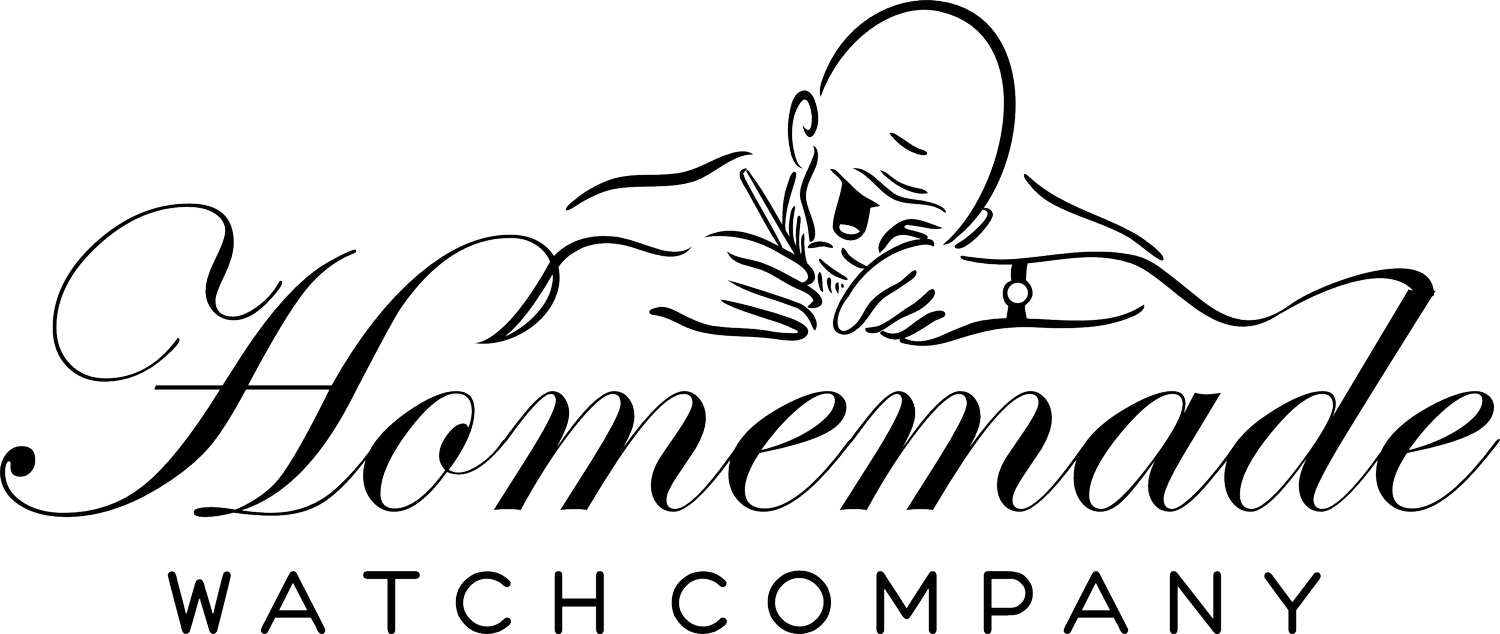My Ties To Watchmaking in RI
For those unfamiliar with Rhode Island, Providence was once home to a thriving Jewelry District — a bustling hub of creativity, craftsmanship, and industry. Though its golden age has faded, a few pockets still remain, keeping the legacy alive. If you ever find yourself in the area, I highly recommend visiting the Providence Jewelry Museum. I had the privilege of seeing it come together, and it offers a fascinating glimpse into the city’s past.
My uncle entered the jewelry industry shortly after immigrating from Italy. He began in microplating and progressed through various roles until his retirement in the early 2000s. Hardworking, proud, and deeply connected to the community, he wasted no time putting me to work. I didn’t mind; he is great to be around, always bought me lunch, and paid me in cash. A dream for a 10-year-old.
I delivered tumbling media to small factories across Providence and Pawtucket, and hand-packed thousands of pieces of costume jewelry imported from Asia. I remember watching those little shops run day and night (I witnessed this when I worked above a small factory on Valley Street as an EMT) — a flurry of machines, tools, and people — all working to produce jewelry that might only sell for a few dollars. It was eye-opening to witness the sheer amount of labor that went into each piece.
He was also the first person to give me a "nice watch" — a Victorinox Swiss Army with a rotating bezel. Until then, I wore my trusty Casio calculator watch with pride. Side note: I’ve always been fascinated by the story of my Uncle buying a Longines during a work trip to Geneva. As a boy, I dreamed of doing the same one day and am excited to fulfill that dream with my upcoming trip to Switzerland this fall.
Then there is my aunt, who immigrated to the United States from Italy during the Vietnam War. She started working at the Bulova Watch Company in Providence the next day, something I still can’t fathom. She states that she made percussion caps during the war years at Bulova — a claim unverified by historical records, but one that speaks to the difficult and complex choices many immigrants face. She said she cried every day, knowing her work might contribute to the loss of life. After the war, she assembled watches at Bulova — something I now find especially meaningful as I continue this work in a very different way.
As it turns out, my “grandmother-in-law” also played a role in this industry. She assembled watches at the Speidel Watch Company in East Providence, RI, for over 30 years and retired with great accord. My mother-in-law and all her siblings still have many of the old watches she took home, which I am in the process of repairing and revitalizing.
These stories — these personal connections — continue to inspire me. Though the industry isn’t what it once was, I feel honored to carry on, in my own small way, a legacy built by the skilled and determined hands of those who came before me.
